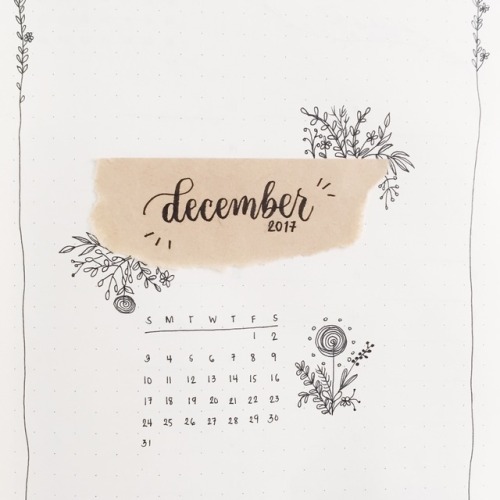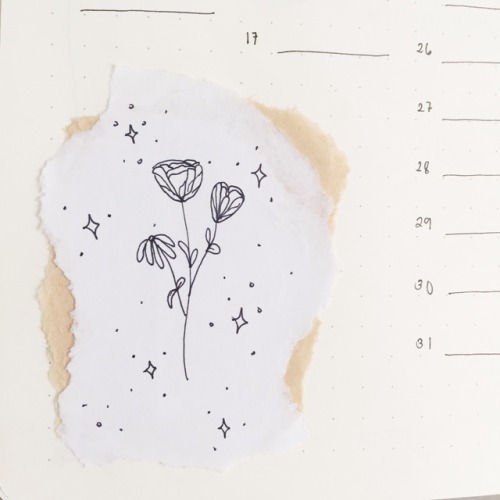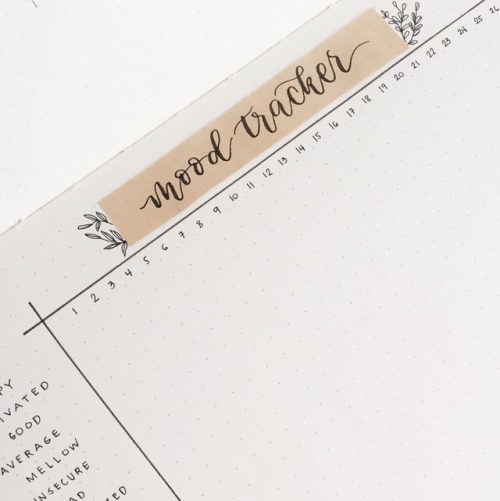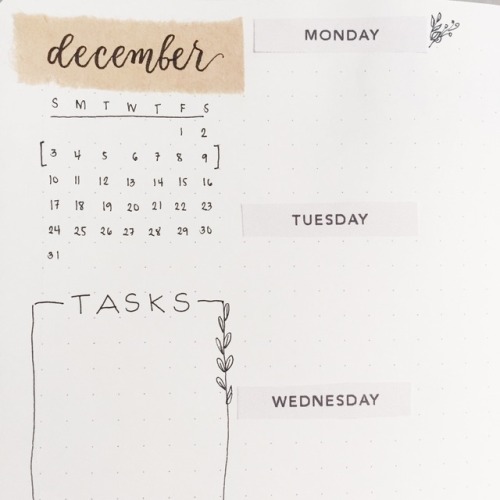01/30/21 — February Monthly Spreads ✍🏻 I Honestly Thought My 2020 One (right) Was The Best I Could

01/30/21 — february monthly spreads ✍🏻 I honestly thought my 2020 one (right) was the best I could do, but I’m loving my 2021 page (left) 🌷
studygram
More Posts from Oliviasstudyblrshit and Others


9.24.19
Fall colors for fall days 🍁🍂
- ̗ ̀ study break ideas ̖ ́-
if you have 5 minutes...
watch a TED talk
light a candle
paint your nails
put on a hair/face mask
splash your face with cold water
walk around your house
stretch
have a small snack
make a cup of tea/coffee
clear your desk
if you have 10-15 minutes...
watch a longer TED talk
watch a youtube video on studying/something educational
do some yoga
go for a quick run
have a shower
make a smoothie
power nap
workout
organise your desk
if you have 20-35 minutes...
watch a longer TED talk
watch one short episode of a tv programme
do a longer workout
go for a longer run
go for a walk
bake something
call a friend
if you have 40-60 minutes...
watch a documentary
watch one longer episode of a tv programme
go for an even longer walk/run
have a bath
have a one hour nap to help you remember things
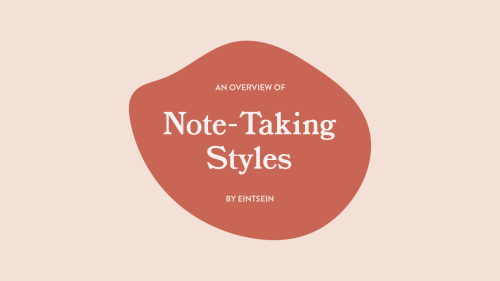

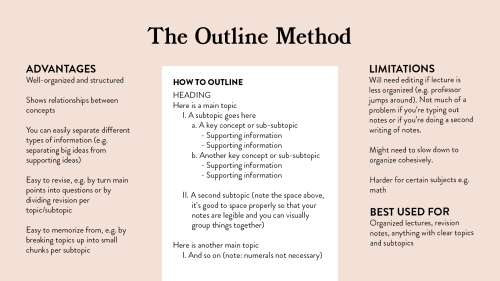
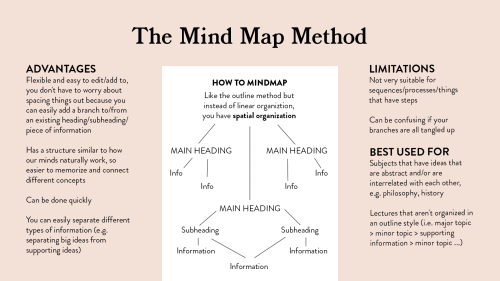

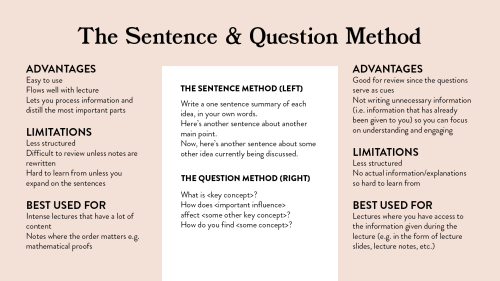


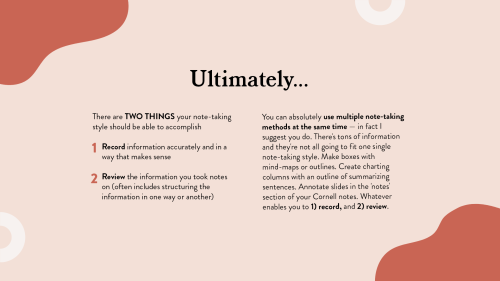
An Overview of Note-Taking Styles
Note-taking is one of the most essential skills a student should master. It allows you to record and review information to be used in the future. But what’s the best way to do so? Here’s an overview of note-taking styles that can help you maximize your learning!


12/09/19 Today turned out much more productive than I had planned :)
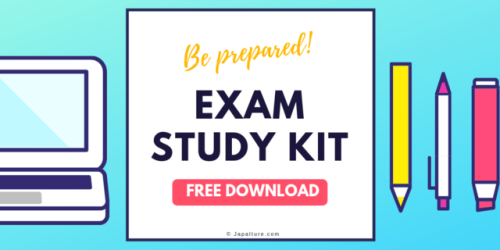
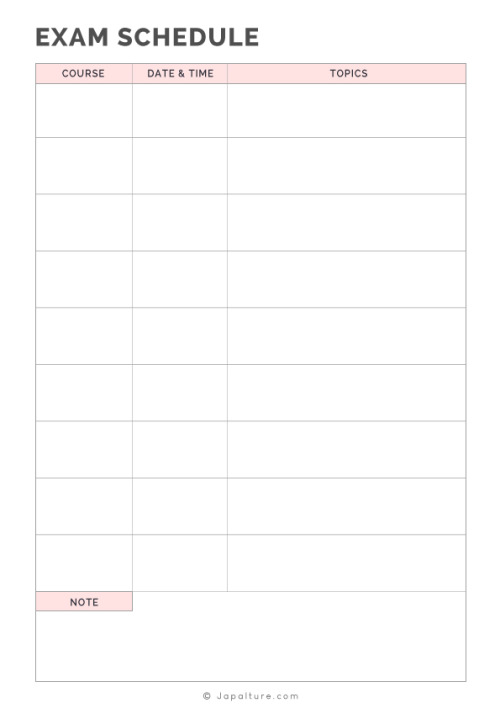
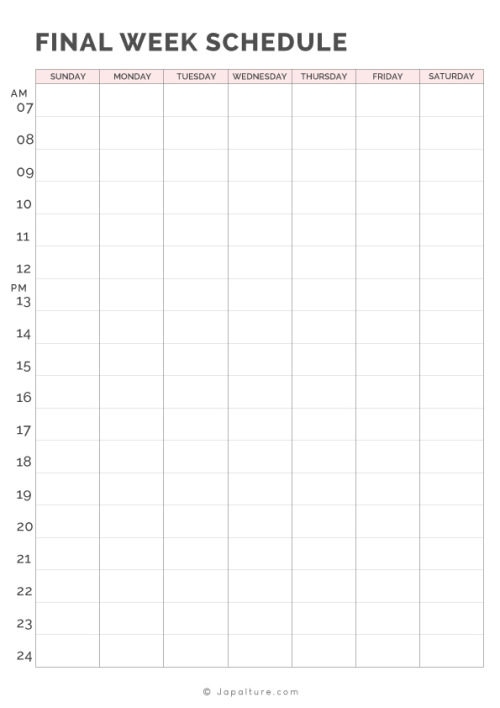
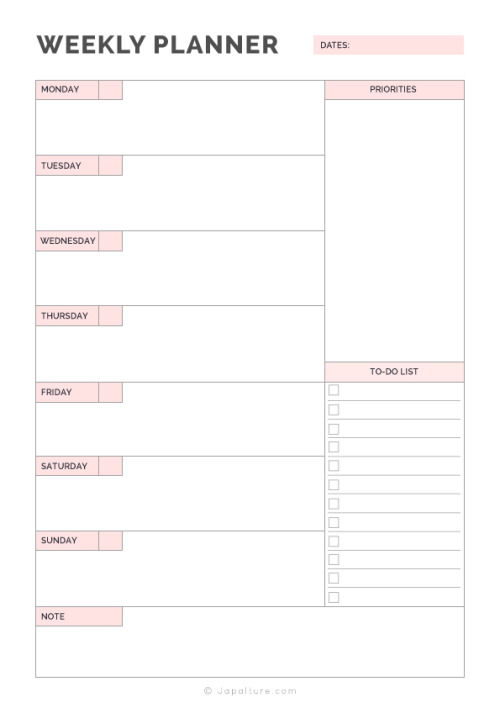
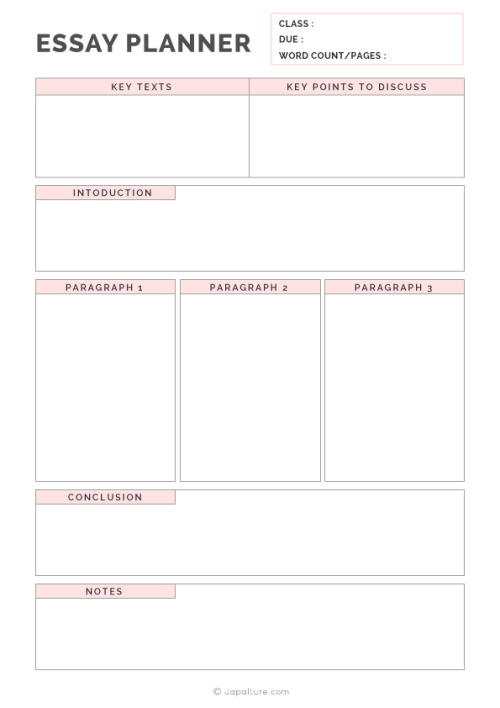
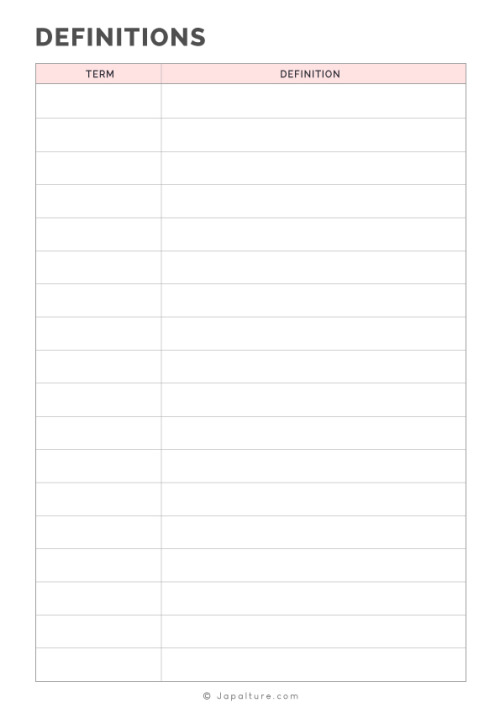
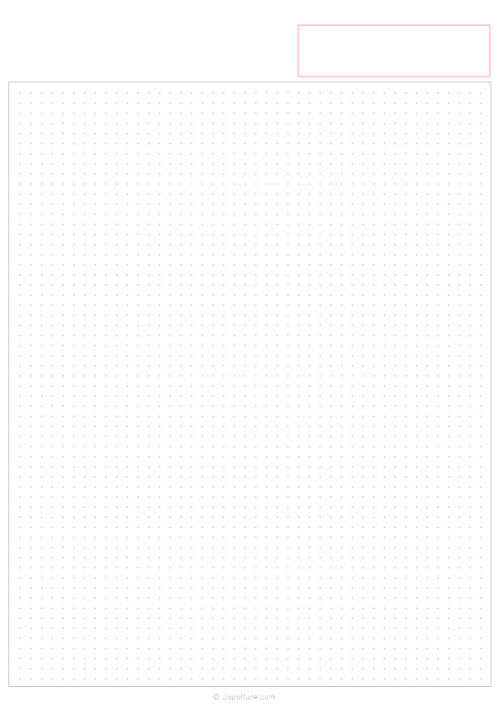
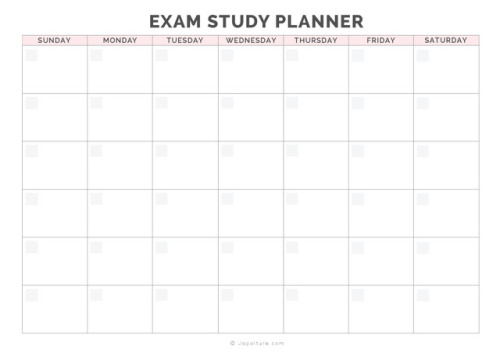
Hi, there! I have a big exam next month and decided to create an exam study kit to organize and increase my productivity. I hope this exam study pack help your final exam. Good luck with your exam, everyone! We can do it!
Exam Study Pack Including
Final Exam Schedule
Final Exam Time Schedule (week)
Weekly Study planner
Monthly Style Study planner
Essay Planner
Glossary (definitions & terms)
Note
Click HERE to download the printable (PDF). Please save the file to your computer and open with Adobe Reader DC. Use Adobe Reader, otherwise, it will not work correctly and colors may display completely different. Please let me know if you are having trouble downloading the file.
* Important note: All files are Personal Use (non-commercial) ONLY! Please Do NOT Copy and Edit. Please Do No distribute and sell these files or upload them to other websites.
By the way, I decided to post a new printable item each week (every Saturday). Tomorrow I will post “Free Printable Thanksgiving 2018 Wine Labels” including using a Japanese pattern. So please come back to my blog tomorrow!
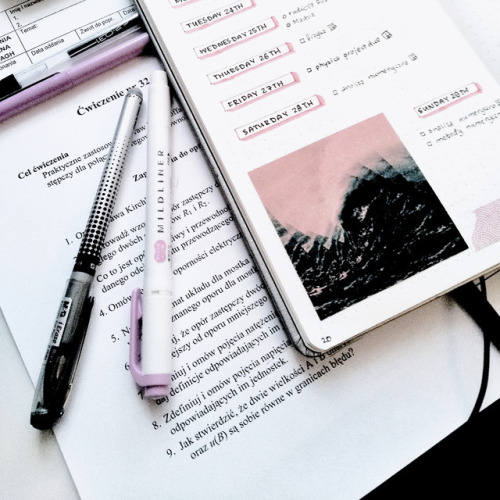
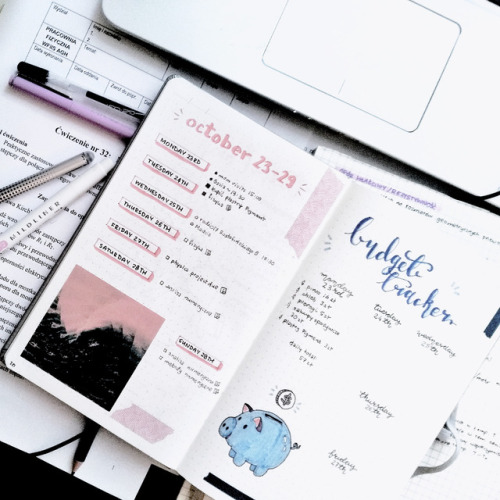
23/100 days of productivity ❇️ this week’s bujo spread, with a budget tracker because I spend WAY too much! Was doing physics again today (wow, what a surprise), but also went to a java class and numerical analysis lecture.
Late anniversary present for myself.
Gotta love a new TTMIK book.
It like a diary/planner.
Challenge for next month I think





Beginner Japanese Resources

I’ve seen quite a lot of these going around, and have definitely taken quite a few pages out of their books, but I thought I had some bookmarks I’d like everyone to know more about, even if they already did. ^^ If you think something is wrong, or know something is wrong, then please tell me!
g r a m m a r
Tae Kim’s Guide to Japanese Grammar (easy acquaintance with grammar, but not much in-depth)
IMABI (best free grammar resource but too much information for beginners, or so it’s said. still very helpful.)
Tim’s Takamatsu/ Tim Sensei’s Corner (also good. i heard of someone who printed out the older website and got fluent in Japanese with this, so it’s probably worth checking out)
Dictionaries of Japanese Grammar (hands down the best grammar resource, bit pricey or you could just download these PDFs).
Bunpro (good for interactive grammar studies, free until may 10 and there’s a one month free trial for subscription after that)
g r a m m a r / b l o g s
Japanese Ammo (native speaker and tutor’s blog, she also has a Youtube channel here)
Maggie-Sensei (grammar articles are a bit mismatched but good for little references)
Tofugu (probably the best culture and resources blog I’ve come across. a must.)
Romy-sensei (Japanese teacher, blog is VERY helpful)
DJT Guide (for a beginner outlook on how to start and where, named because of the daily japanese thread that I don’t have too much information on but it’s a daily thread where people learning japanese shared resources/ progress/ motivational whatevers)
i n t e r a c t i v e l e a r n i n g
Delvin Language (shows clips and asks you to identify what’s spoken. Very good for listening and you can slow them down, though use that sparingly. kinda spammy tho.)
Japanese Class (found this a few years ago, but it’s a gamified site that helps you learn vocabulary with regular exposure. recommended.)
Japanese in Anime and Manga (for fellow otakus. a bit hard for me to navigate, but it’s along a similar vein as the above site. offered in spanish, chinese, korean and french, besides english.)
Erin’s Challenge (recommended for upper beginners, or lower intermediates, but there’s a lot to do now as well! very good for listening and reading- with transcripts and subtitles- in the form of a school life role-play. offered in quite a few other languages.)
Duolingo (not a lot of information, nor is it very in-depth. good for dabbling in, maybe. try the website, not the app, if you really want to use it.)
LingoDeer (BEST app for learning the language. You could do a lot on it alone, and it can probably take you up to a little above N5, but don’t keep using it standalone for long! also offers chinese, korean and now vietnamese!)
t e x t b o o k s
TextFugu (tofugu’s online textbook, made specifically for self-study, though it works good in conjunction with classes and tuition)
Genki (widely used, most recommended by people)
Minna no Nihongo (also very popular. some consider it better than genki.)
Japanese for Busy People (especially if you’re a little short on time)
Japanese for Everyone (generally good reviews, with a lot of vocabulary - an estimated 2500 maybe? convert djvu to pdf to use.)
k a n j i (course books)
Kodansha Kanji Learner’s Course aka KKLC (a kanji learning course with vocabulary in it.)
Remembering the Kanji (aka the acclaimed ‘Japanese learner’s beginning holy grail’. but it totally depends upon what you’d prefer tbh. can make you recognise kanji and what they could stand for, but that’s about it.)
Kanji Damage (aka remember 1700 Kanji with offensive yo mama jokes. ridiculous? hilariously, it does work for some.)
WaniKani (people swear by this. you can try out the first three levels to see the magic, even if you don’t think it’s your style.)
l i s t e n i n g
mykikitori (for Genki 1 apparently)
Japanese Pod 101 (a good online course in itself, but the podcasts are the most helpful of the lot. @lovelybluepanda has made them available here.)
o t h e r s
DJT Resources (sub-link of DJT Guide but probably has all the Japanese resources you could ever want!)
Nihongo e Na (more resources, probably worth checking out)
Nihongo Resources (along a similar vein with the purpose in its name)
Jakka (the site is entirely in Japanese, but it has kanji for grade school, broken up appropriately)
Happy Lilac (kind of the same as above with kanji stroke order practice material, meant for Japanese children)
This may be repeated, because similar, if not the exact same, resources in DJT are categorised neatly here. @lovelybluepanda again.
check more masterposts, some of which have been compiled here by @languagesandshootingstars
日本語の森 (Nihongo no Mori) (Good Youtube videos for beginners and advanced learners alike! They even have their lessons separated by JLPT levels!)
While that’s it for all the Japanese resources I feel do not go around a lot now, I did compile some points Japanese beginners might be doubtful in and what I had found from my own research.
Genki or Minna no Nihongo?
Minna no Nihongo has more vocabulary (2100-2200 for 初級 levels i.e. the beginner books) while Genki boasts a little lesser (1700 for genki 1+2). Minna no Nihongo has allegedly more grammar coverage ( 〜ように、〜ために- used in native speech). However, the book is entirely in Japanese (there is a separate book for English explanations) and there is a separate book for Kanji too. The Answer Key is at the back of the book, unlike Genki which has a separate Answer Key.
Genki is said to be more beginner-friendly than Minna no Nihongo, but if you put your mind to it, you can do either tbh. Just choose any book and stick with it!
** If you’re planning to study in Japan anytime, remember that Japanese teachers usually use Minna no Nihongo. But better do your research as well.
Kanji?
Everyone can put in all the work they like in Kanji, but at the end of the day, Kanji is not the only thing about Japanese. You can totally use Anki or Quizlet or Memrise to drill it in, maybe even make your own flashcards and put in extra work! But to really get fluent in the language, talking to native speakers (helpful guide by @jibunstudies) is very important. Even if you don’t fully understand what they’re saying, you acquire more vocabulary and will get the nuance of basic sentences! And you get friends too, if you’re lucky!
Just for reference and no pressure, here’s the general requirement to pass JLPT levels, if you’re ever planning to take them!
Level Kanji Vocabulary Listening Hours of Study N5 ~100 ~800 Beginner 150 (estimated) N4 ~300 ~1,500 Basic 300 (estimated) N3 ~650 ~3,750 Lower Intermediate 450 (estimated) N2 ~1000 ~6,000 Intermediate 600 (estimated) N1 ~2000 ~10,000 Advanced 900 (estimated)
(… yeah, that looks way better on a computer ok.) Remember, estimated doesn’t mean it will take you that much time exactly. Everyone learns differently! And ‘talent’ can be overcome by enough hard work so ファイト!
頑張れ !

-
 foggyobjectdeer reblogged this · 8 months ago
foggyobjectdeer reblogged this · 8 months ago -
 greymattersworld liked this · 1 year ago
greymattersworld liked this · 1 year ago -
 valhallaimcomin reblogged this · 2 years ago
valhallaimcomin reblogged this · 2 years ago -
 valhallaimcomin reblogged this · 2 years ago
valhallaimcomin reblogged this · 2 years ago -
 keriv93 liked this · 3 years ago
keriv93 liked this · 3 years ago -
 1234-6548-blog liked this · 3 years ago
1234-6548-blog liked this · 3 years ago -
 generouswonderlandtheorist liked this · 3 years ago
generouswonderlandtheorist liked this · 3 years ago -
 angeltheghoul liked this · 3 years ago
angeltheghoul liked this · 3 years ago -
 seraefall liked this · 3 years ago
seraefall liked this · 3 years ago -
 dpcreates liked this · 4 years ago
dpcreates liked this · 4 years ago -
 booksarelife0 liked this · 4 years ago
booksarelife0 liked this · 4 years ago -
 educatingmeself liked this · 4 years ago
educatingmeself liked this · 4 years ago -
 oliverbeilshimith liked this · 4 years ago
oliverbeilshimith liked this · 4 years ago -
 gay-user-number-21301 liked this · 4 years ago
gay-user-number-21301 liked this · 4 years ago -
 gore-parlor liked this · 4 years ago
gore-parlor liked this · 4 years ago -
 le-seul-mot0001 liked this · 4 years ago
le-seul-mot0001 liked this · 4 years ago -
 cherry-pie24 reblogged this · 4 years ago
cherry-pie24 reblogged this · 4 years ago -
 petitspoiscarottes liked this · 4 years ago
petitspoiscarottes liked this · 4 years ago -
 fancyhoagieknightbiscuit liked this · 4 years ago
fancyhoagieknightbiscuit liked this · 4 years ago -
 roreley liked this · 4 years ago
roreley liked this · 4 years ago -
 ccorpsidious liked this · 4 years ago
ccorpsidious liked this · 4 years ago -
 vanillastudies reblogged this · 4 years ago
vanillastudies reblogged this · 4 years ago -
 books-and-writing-and-plants reblogged this · 4 years ago
books-and-writing-and-plants reblogged this · 4 years ago -
 tennessee-daydreams liked this · 4 years ago
tennessee-daydreams liked this · 4 years ago -
 emilyinobiter reblogged this · 4 years ago
emilyinobiter reblogged this · 4 years ago -
 fu0shigii reblogged this · 4 years ago
fu0shigii reblogged this · 4 years ago -
 fu0shigii liked this · 4 years ago
fu0shigii liked this · 4 years ago -
 fantasticlamphumanpony liked this · 4 years ago
fantasticlamphumanpony liked this · 4 years ago -
 mariannelovelystuff reblogged this · 4 years ago
mariannelovelystuff reblogged this · 4 years ago -
 mariannelovelystuff liked this · 4 years ago
mariannelovelystuff liked this · 4 years ago -
 pinkismyink liked this · 4 years ago
pinkismyink liked this · 4 years ago -
 novelaaaaaaaa liked this · 4 years ago
novelaaaaaaaa liked this · 4 years ago -
 thatwritererinoriordan reblogged this · 4 years ago
thatwritererinoriordan reblogged this · 4 years ago -
 what-is-this-area-code liked this · 4 years ago
what-is-this-area-code liked this · 4 years ago -
 abhincactanonverba liked this · 4 years ago
abhincactanonverba liked this · 4 years ago -
 mamarni-kompleks liked this · 4 years ago
mamarni-kompleks liked this · 4 years ago -
 many--moons liked this · 4 years ago
many--moons liked this · 4 years ago -
 minitwinkbar liked this · 4 years ago
minitwinkbar liked this · 4 years ago -
 nanisokay liked this · 4 years ago
nanisokay liked this · 4 years ago -
 emarali reblogged this · 4 years ago
emarali reblogged this · 4 years ago -
 emarali liked this · 4 years ago
emarali liked this · 4 years ago -
 nikakaa liked this · 4 years ago
nikakaa liked this · 4 years ago
